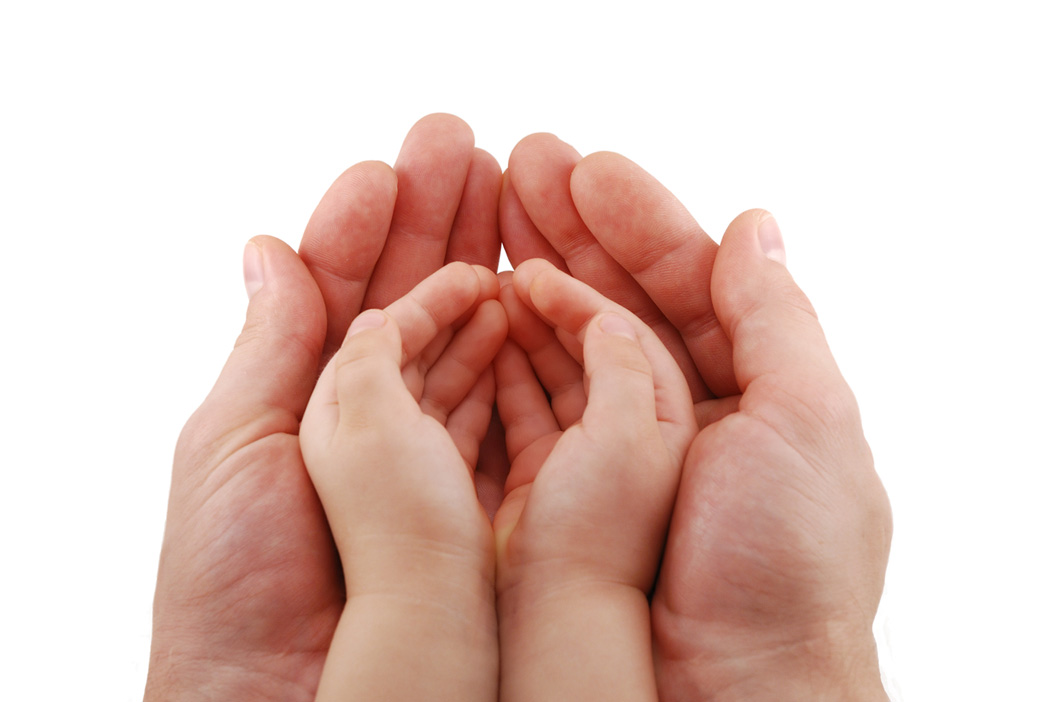Cord Banking
Learn about Cord Blood Banking ©2014
 Cord Banking
Cord Banking
Cord blood banking is cryogenically preserving the blood derived from the umbilical cord at the time of birth. Traditionally the blood is processed and stored in a facility that the person pays to store their cord blood. The stem cells found in cord blood can be used to treat a host of diseases and injury, with more uses being found every year. Because of advancements in cord blood banking, it is now an option to also bank the cord tissue as that can be collected at the time of birth.
Cord banking is an important decision to be made by a family, especially if genetic, blood, or immune disease runs in the family. Deciding on cord banking virtually ensures that if one of your children needs a stem cell transplant it is highly likely that their siblings blood will be a match. Cord banking gives families a peace of mind in case the unthinkable happens or there is a serious brain or spine injury.
Potentially devastating yes, but by choosing cord banking, there is another tool for a fighting chance at a cure or treatment.
Public cord banking is a decision that can be made by a family if they don’t necessarily want to pay to bank, but do feel a responsibility to potentially saving someone else’s life. There is a vast shortage of donors compared to those who need the stem cell transplants, so public cord banking can be considered an ultimate selfless act and most definitely a gift to someone else. This is especially important for people of an ethnic minority to consider either private or public banking.
The chance of getting a matching donor from the cord blood registry is very low for those demographics. Cord banking privately could ensure proper treatment, however donation to cord banking would make all the difference to someone else as well which could be an excellent choice.
